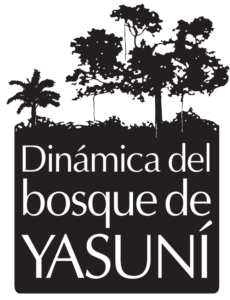
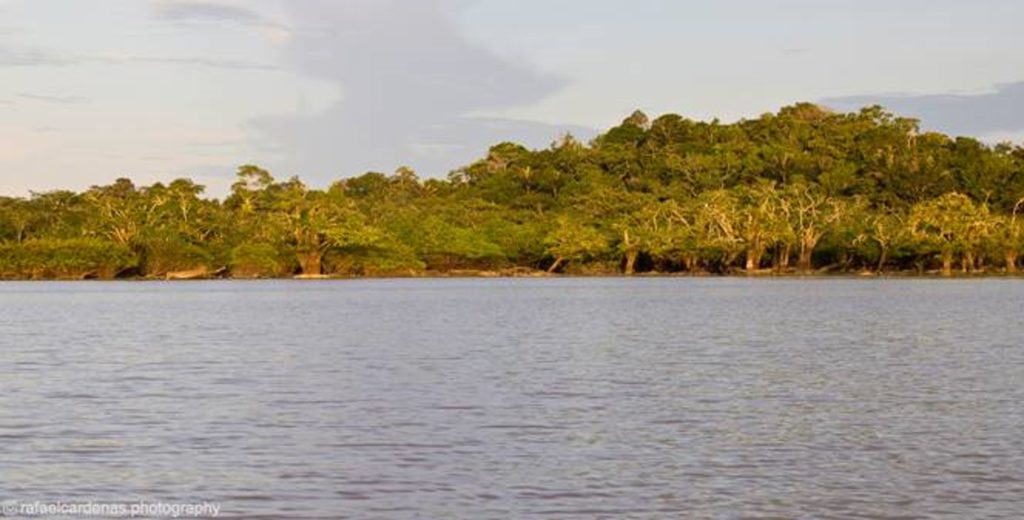
The Amazonian forest in Ecuador (photo by Rafael E. Cárdenas)
Biotic and abiotic interactions in the Amazon rainforest of Yasuní: a basis for explaining its biodiversity and how it would face Global Climate Change scenarios?
The Amazon rainforest stores large amounts of carbon mainly in both plant biomass and in the soil, and therefore contributes strongly to the Global Carbon Cycle. Global Climate Change and deforestation can profoundly modify CO2 emissions, leading to a process of ‘savannization’/desertification that can have a deep impact in the functioning of ecosystems and therefore on the goods and services that the forest provides (as a consequence of higher temperature rates, significant modifications of rainfall regimes, fires, increases in tree mortality and the threat of extinction to the species most sensitive to these changes). To understand patterns and processes and then unravel mechanisms and make reliable predictions, studies must be carried out in situ and along natural space-time scales. More than never, a better understanding of biological functions and mechanisms at different spatial and temporal scales is required. For this objective, we will work in interdisciplinary collaboration and taking advantage of the strengths of the LMI-BioINCA research consortium led by taxonomists, ecologists, molecular biologists, physiologists, specialists in demographic models and spatial analysis.
An indispensable and available tool for the past and future studies is the large-scale ‘Yasuní Forest Dynamic Plot’ (YFDP; 50 hectares) established in 1995. All the previously collected information along these years, and all that is planned to do in the following years are a solid foundation for understanding the mechanisms and biological processes that explain diversity, functioning and forest dynamics.
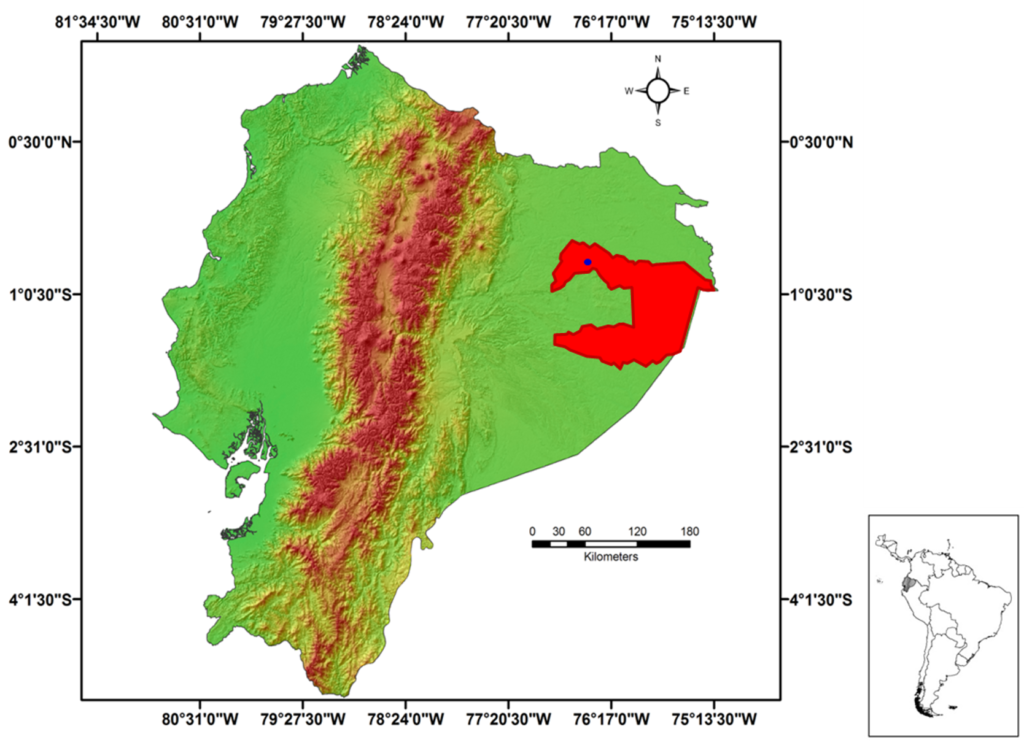
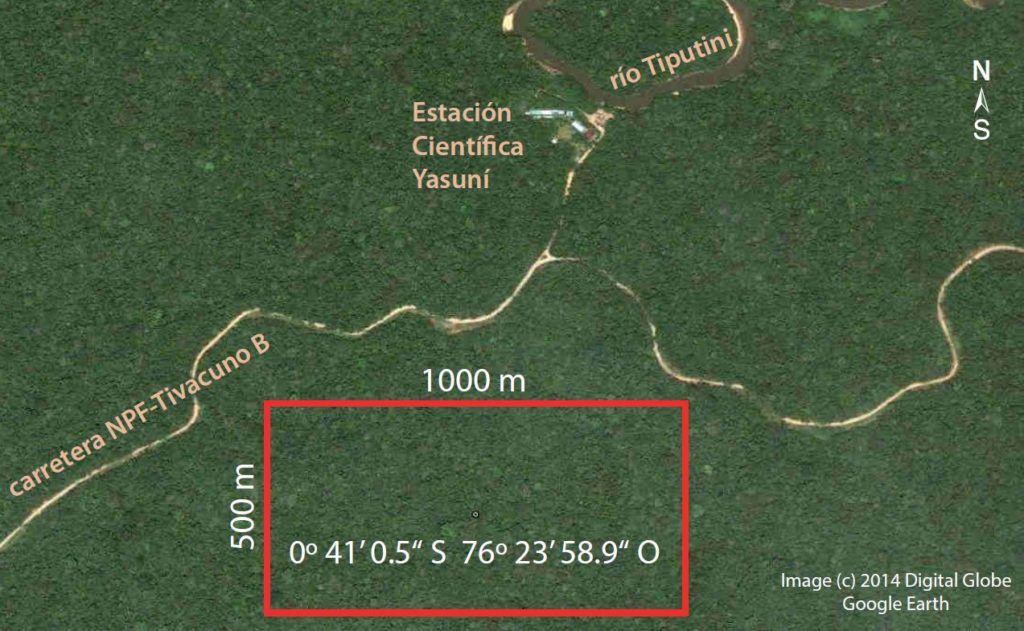
Left– Location of the Yasuní National Park (red polygon), and Right– the 50 ha YFDPlot (1000 m × 500 m; red empty square) in the vicinity of the Yasuní Scientific Station (ECY), in the Ecuadorian Amazon. (modified from Cárdenas et al. 2013, and Pérez et al. 2014)
Since 1995, many important research has been carried out in Yasuní, and the 50 Ha-YFDP. For example, we know now that Yasuní harbors on average 670 species of trees and shrubs per hectare of well drained forest; despite the stability attributed to Amazonian forests, we know that changes in climate seasonality regulates flowering and fruiting and small changes in topography introduce significant changes in carbon storage and species specialization. Our studies will focus at the YFDP scale with the general objective to extrapolate our results at the Regional and Tropical level when possible.
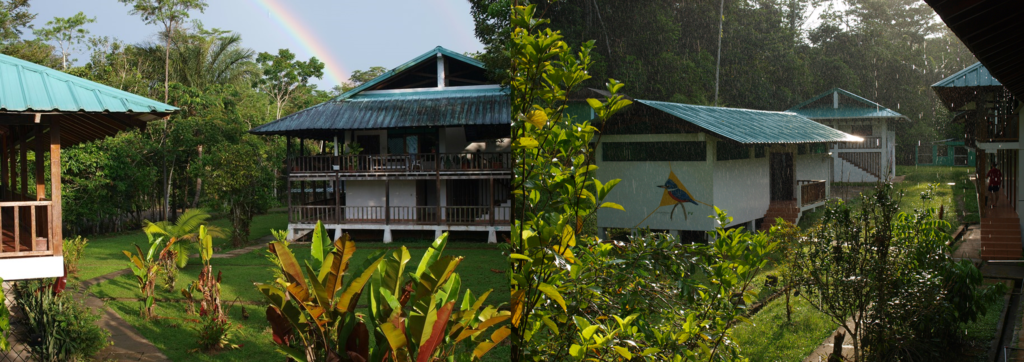
The Yasuní Scientific Station (ECY-PUCE), Amazonian rain forest. (photos by Rafael E. Cárdenas)
The YFDP offers a unique opportunity to answer fundamental questions in ecology and evolution, such as the role of biotic and abiotic factors (e.g., fungi and bacteria, the macrobiome (invertebrates), soil nutrients, topography) and the interactions between them in plant assemblage and dynamics to better assess the response and resilience of tropical forests to global changes. This site is part of the international network CTFS-ForestGEO (https://forestgeo.si.edu), where all participants follow the same protocols for the tree census (baseline information for satellite projects that seek to answer advanced questions in ecology) This allows comparisons between plots not only between biomes, but also at the pantropical and regional level (for example, the Amazon Basin with the sites of Amacayacu (Colombia), Manaus (Brazil) and Paracou/Nouragues (French Guiana)).
As main objectives we seek to support a re-census of the 50 ha-YFDP and develop and go further on projects about: (i) the role of nutrient limitation on forest structure; (ii) the role of trophic and neighborhood interactions in tree dynamics (eg, from recruitment to mortality, coexistence, interactions with ants and termites); (iii) the impact of drought on the structure, diversity and dynamics of forests; (iv) quantifying the resilience of ecosystems to the drivers of global change; (v) the trophic impacts (from leaf herbivory to soil nutrient uptake efficiency using last generation technology to study plant defenses and the microbiome) on forest functioning, in both horizontal and vertical dimensions (ie, stratification).

Field and laboratory work at ECY and the YFDP (photos by Rafael E. Cárdenas)

Contacts:
Rafael E. Cárdenas: recardenasm@yahoo.com
Claire Fortunel: claire.fortunel@ird.fr
Renato Valencia: lrvalencia@puce.edu.ec
See the project on the website of our academic partners






